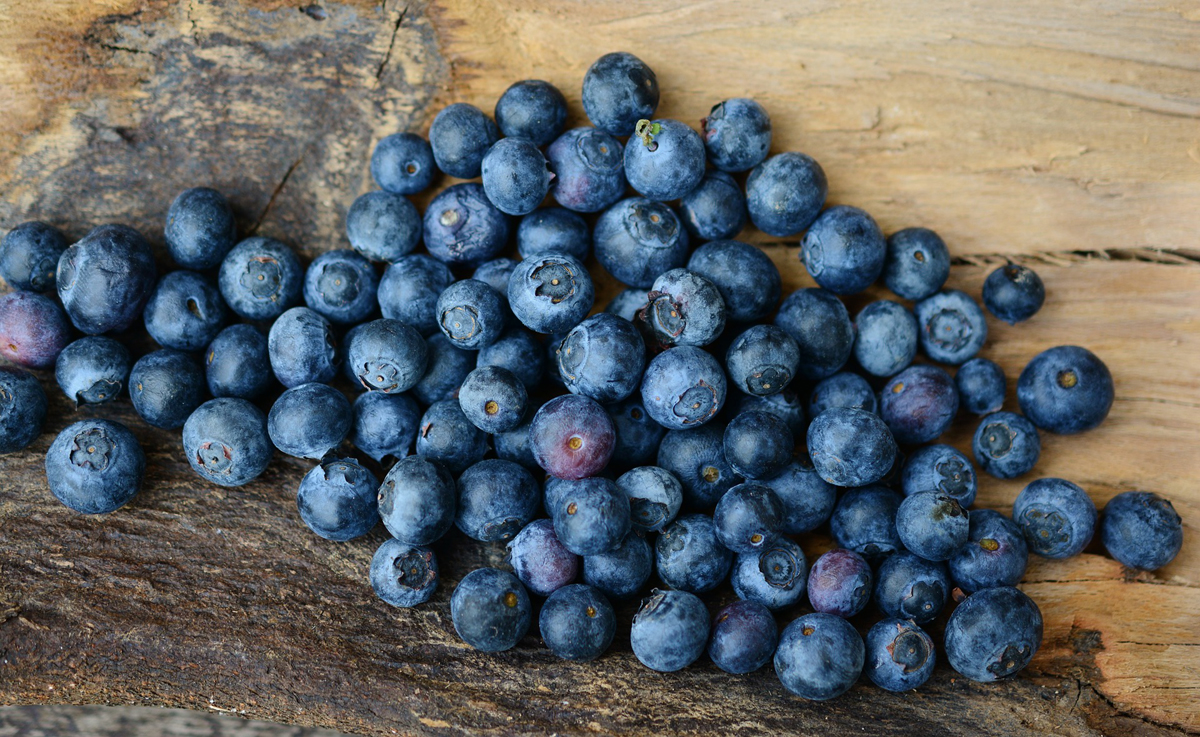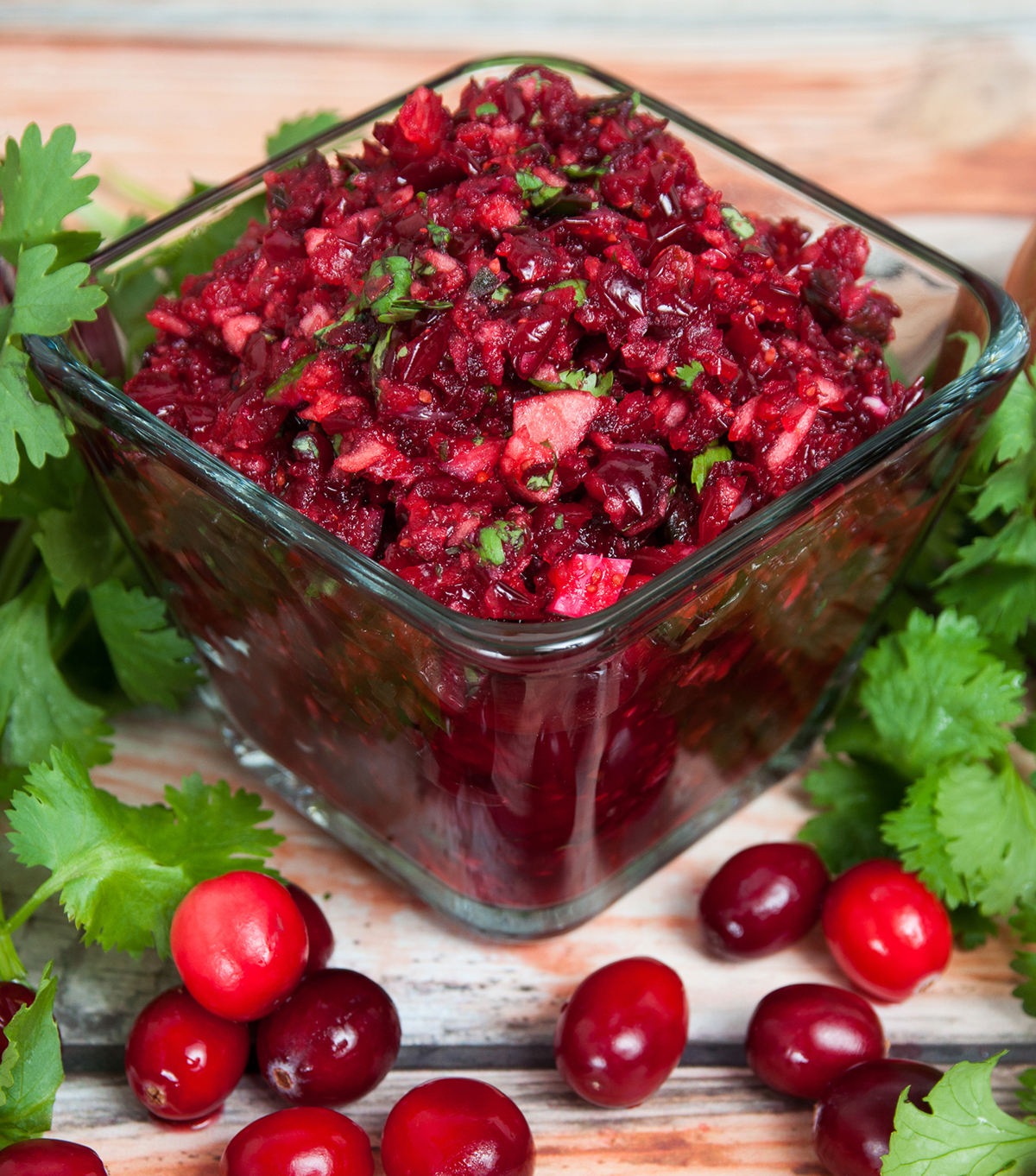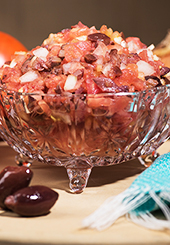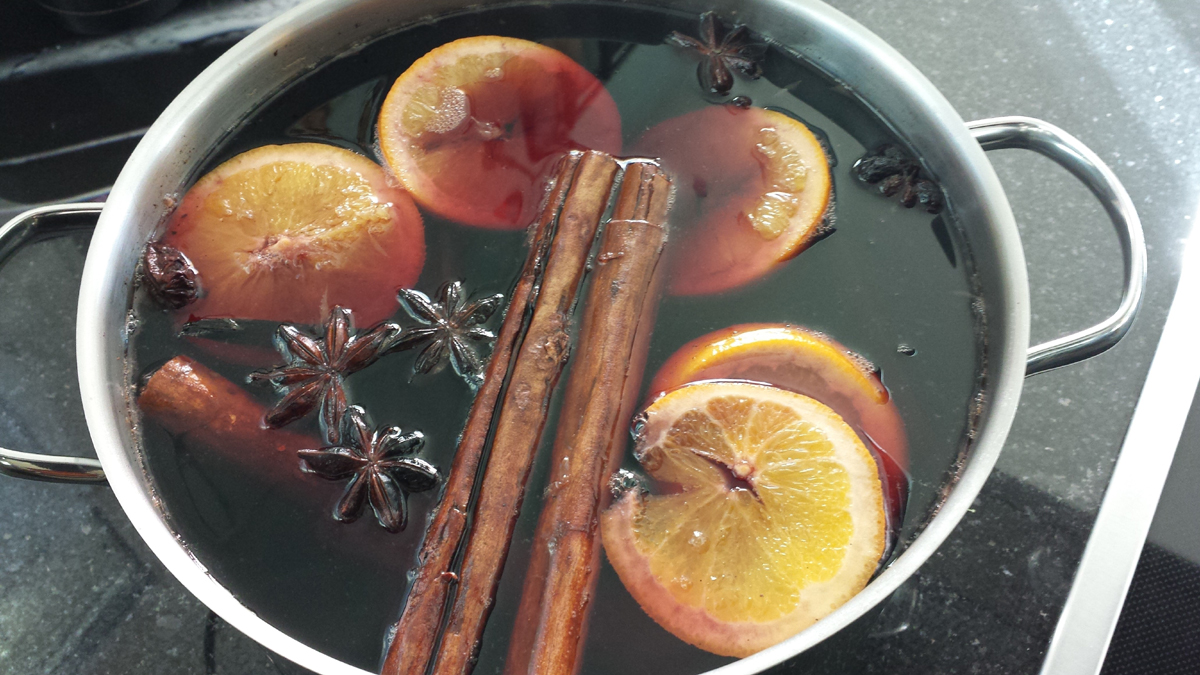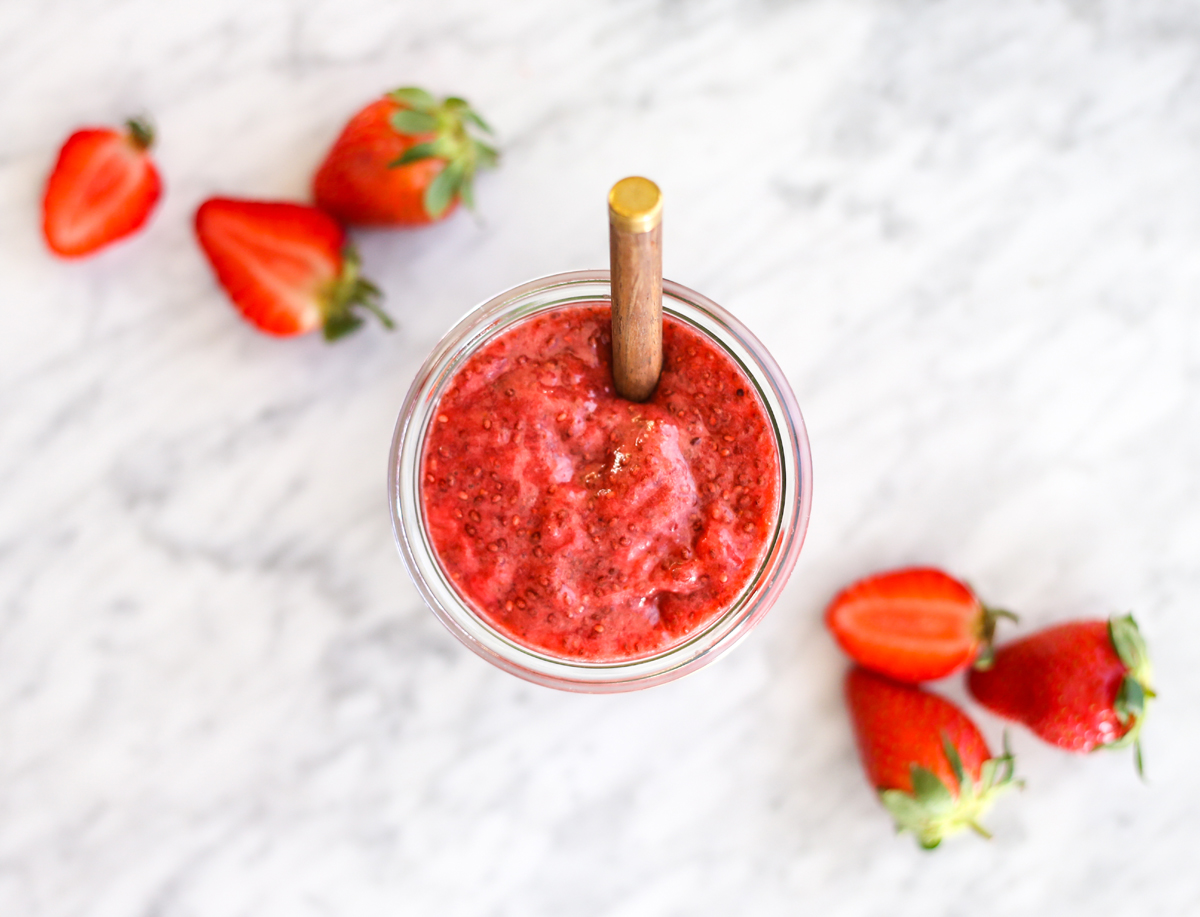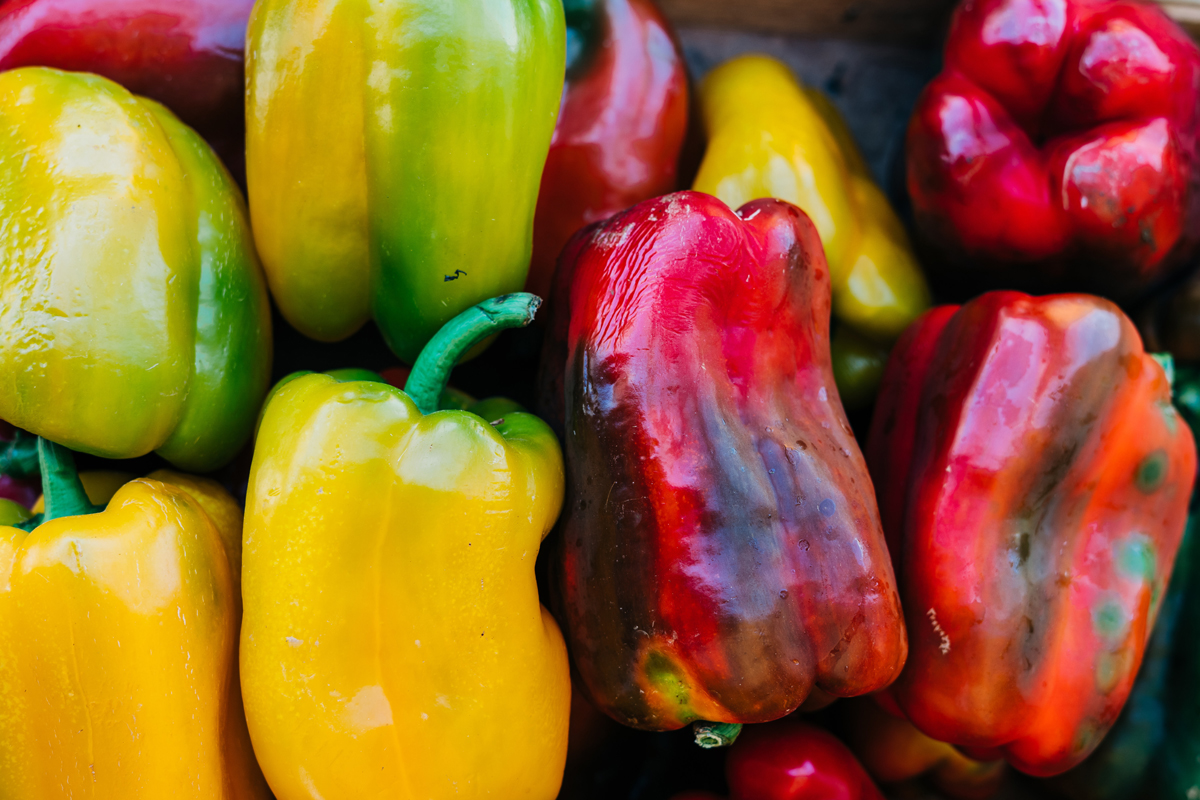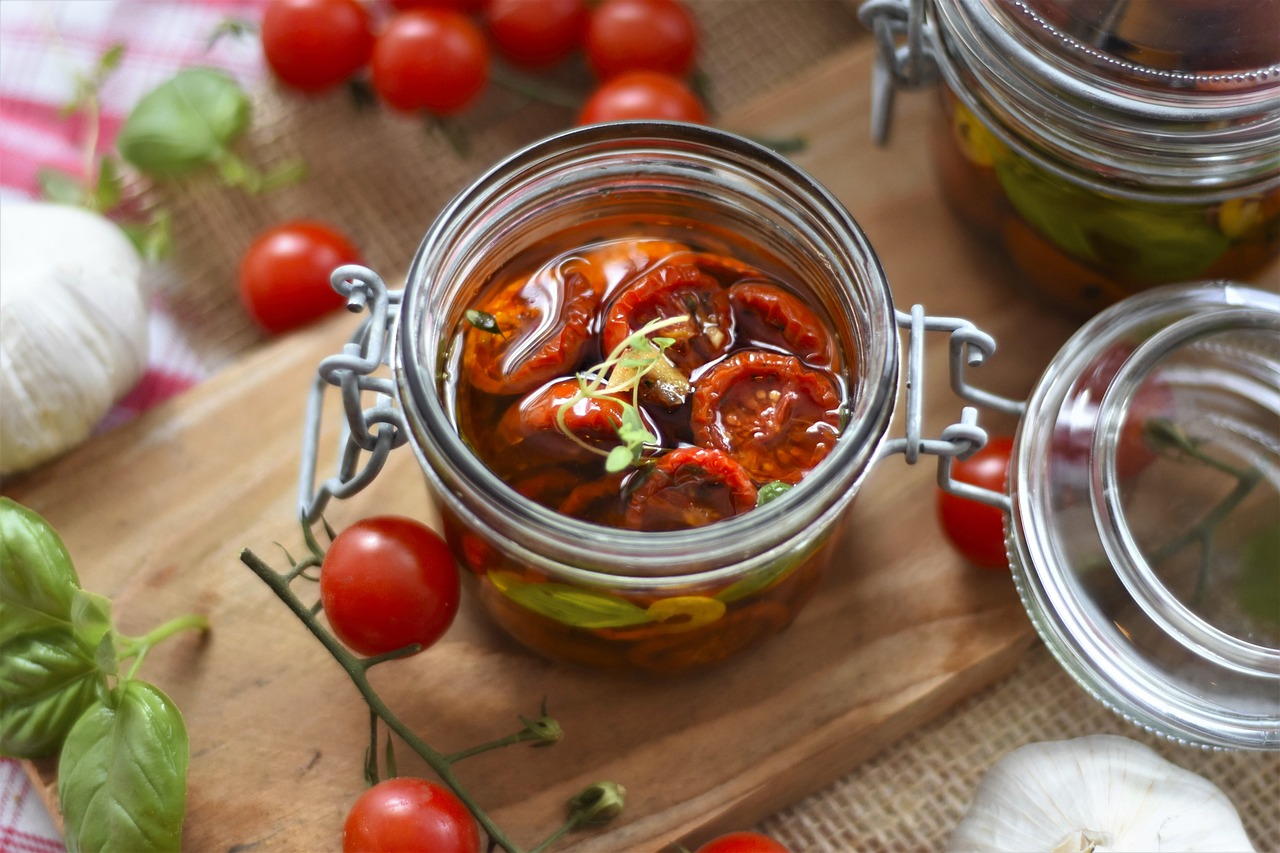Jam, Preserve, Jelly & Curd – How Do You Make These Preserves?
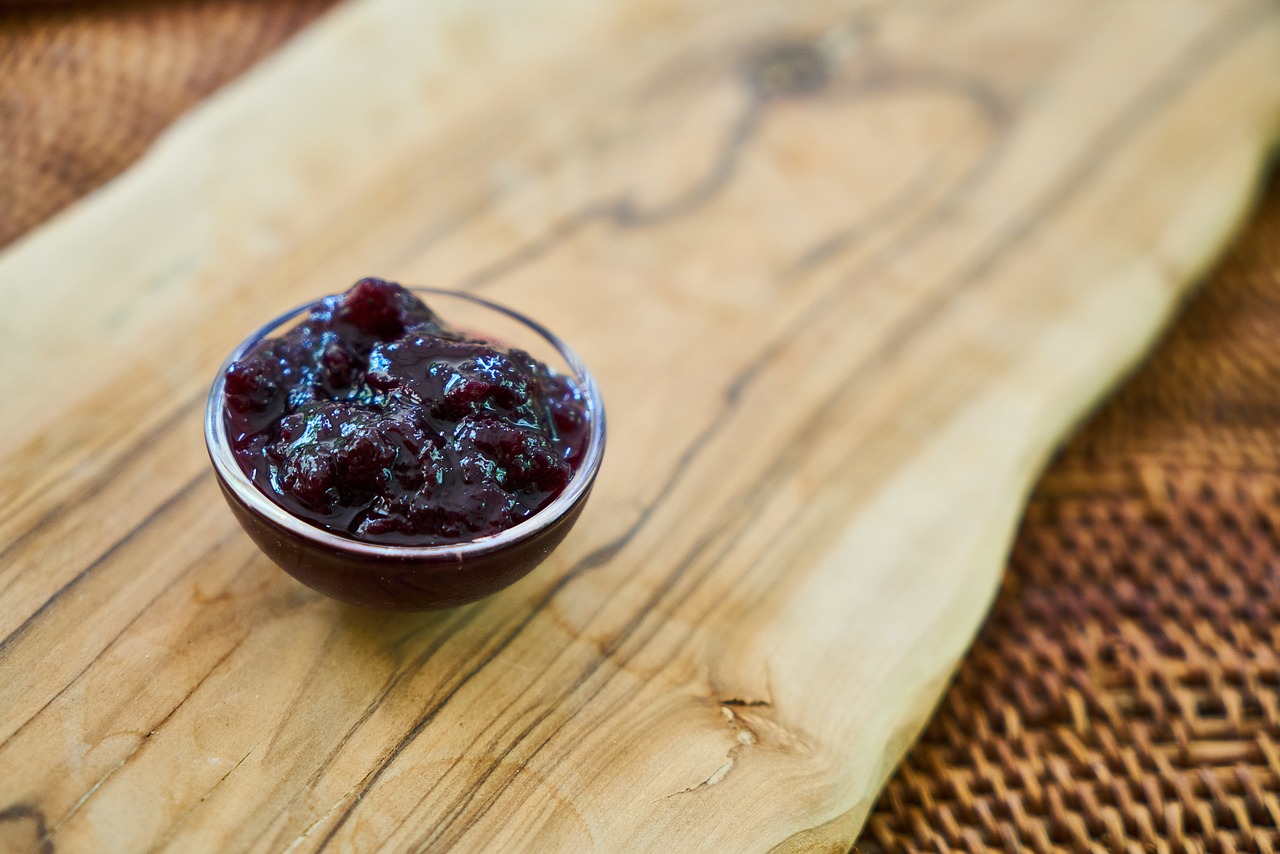
There are many ways of preserving fruit to keep over the winter. Each one has its own style and its own way of making it, which leads to a different product and appearance.
Jams are whole fruit preserved in sugar and boiled until they reach the ‘setting point’ that point at which the jam will set of its own accord at room temperature. The skins and often the seeds of the fruit are incorporated in a jam.
A preserve is similar to a jam, except that it’s cooked for less time so that the fruit remains more solid and does not break down. Preserves typically contain less sugar than jams and will not last as long.
Jellies are prepared like jams, except that the fruit are boiled in water or acidulated water (water with lemon juice added) until the fruit are soft and pulpy. The fruit pulp is then strained over night to produce a clear fruit liquid. Sugar is then added to the clear liquid and it’s boiled again until the setting point is produced. This produces a clear fruit-flavored ‘jelly’. Often they have apples as a base and to provide the pectin needed for the jelly to set. As well as fruit jellies can also be made from a mix of fruit, herbs and wines. They are often used as the basis for sauces in cookery.
Curds are fruit-flavored liquids that are thickened by the addition of eggs. The eggs give the mixture a creamy spreading consistency.
Below are recipes for a jam, a jelly and a curd so that you can compare the production techniques.
Blackcurrant Jam
Ingredients:
- 2.7kg sugar
- 1.8kg blackcurrants
- 1.8l water
Method:
Wash the blackcurrants, removing and stalks and leaves. Place the fruit in a heavy-bottomed saucepan along with the water. Bring to a boil, reduce to a simmer and cook for 30 minutes, mashing the fruit against the side of the pan with a wooden spoon until the fruit is tender.
Add the sugar to the saucepan, heat through, stirring until completely dissolved. Bring to a boil and cook rapidly for about 15 minutes. Test for setting by placing a plate in the fridge. Spoon a little of the jam onto the plate, allow to cook then move it with your fingernail. If a crinkly skin forms then the jam is ready. If not continue boiling for 5 minutes more and test again.
Skim the surface then ladle into sterilized jars that have been warmed in an oven set to 100°C for 5 minutes. Allow 1cm of head space then secure the lid, allow to cool and store.
Redcurrant Jelly
Ingredients:
- 1.8kg redcurrants
- 600ml water
- 75g sugar per 100ml liquid
Method:
Wash and trim the red currants then place in a heavy-bottomed saucepan along with the water. Bring to a boil, reduce to a simmer and cook for 30 minutes, mashing the fruit against the side of the pan with a wooden spoon.
Pour into a jelly bag or a sieve lined with several layers of muslin and allow to drain into a bowl (do not be tempted to squeeze the bag as this will only make the jelly cloudy.
The following morning discard the fruit (I tend to freeze them to make pies later) then measure the volume of the liquid and add 75g sugar per 100ml of fluid.
Place the juice and the sugar in a saucepan, heat through then add the sugar, stirring until completely dissolved. Bring to a boil and cook rapidly for about 15 minutes. Test for setting by placing a plate in the fridge. Spoon a little of the jelly onto the plate, allow to cook then move it with your fingernail. If a crinkly skin forms then the jelly is ready. If not continue boiling for 5 minutes more and test again.
Skim the surface then ladle into sterilized jars that have been warmed in an oven set to 100°C for minutes. Allow 1cm of head space then secure the lid, allow to cool and store.
Lemon Curd
Ingredients:
- 450g caster sugar
- freshly-grated rind of 4 medium lemons
- juice of 4 medium lemons
- 225g butter
- 5 eggs, lightly beaten
Method:
Juice and finely grate the rinds of the lemons. Prepare a bain marie (double boiler) and transfer the lemon juice and zest to this. Add the sugar and butter and cook over low heat until all the sugar has dissolved.
Remove from the heat and blend with the eggs, which have been lightly beaten. Mix to combine thoroughly then return to the heat and continue cooking slowly in the double boiler until the curd mixture will just coat the back of a spoon.
Skim the surface then ladle into sterilized jars that have been warmed in an oven set to 100°C for 5 minutes. Allow 1cm of head space then secure the lid, allow to cool and store. This will keep for at least 4 weeks in the fridge.
If your interest is piqued by these recipes then I urge you to find out more about jam and preserve making.
The Author:
Dyfed Lloyd Evans runs the Celtnet Recipes site and the Celtnet Articles repository. You can find these and many, many more recipes for various jams and preserves at his extensive Celtnet Jams, pickles and Preserves collection.


